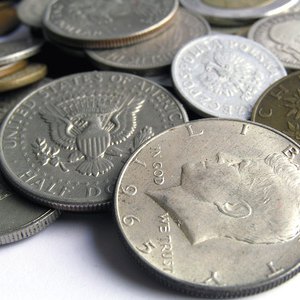
Dividends are corporate profits distributed to shareholders. Dividends are paid on common and preferred stocks. If, for whatever reason, a dividend is not paid, certain types of preferred stocks provide for that dividend to accrue on company books until it is paid in full.
Dividends Set by Board of Directors
The board of directors of a corporation has the right to cut, suspend or omit the dividend.
Preferred Stocks
Preferred stocks are issued with a stated, or fixed, dividend. Investors buy preferred stocks for predictable current income, so the board of directors rarely touches it.
Cumulative Preferred Stock
There are different types of preferred stocks based on how the dividend is set. Cumulative preferred stock has a provision that states that if the dividend is not paid, it shall accrue on the company’s books until it is resumed and all dividends in arrears are paid out. There is no dividend accretion for common stocks or other types of preferred stocks.
Example
A 5 percent $25 par cumulative preferred shareholder of XYZ receives $1.25 in annual dividends. XYZ suspends all dividends for two years. In year three, the dividends are resumed. The cumulative preferred shareholder receives $1.25 in current year dividends and $2.50 in dividends in arrears, while all other shareholders will only receive the current dividend.
Accretion Just a Book Entry
It is important to remember that accretion is an accounting procedure. It does not guarantee that the money will be there, just that if it is, it is due to the cumulative preferred shareholders. If a corporation goes into bankruptcy, cumulative preferred shareholders get in line along with everyone else to recover as much of their investment as possible. They have a priority claim over common stockholders, but are behind bondholders. They may or may not get all that’s due to them.
References
- “PassTrak Series 7 General Securities Representative License Exam Manual”; 14th Edition; 2003
- U.S. Securities and Exchange Commission. "Stocks." Accessed Oct. 30, 2020.
Writer Bio
Based in San Diego, Slav Fedorov started writing for online publications in 2007, specializing in stock trading. He has worked in financial services for more than 20 years, serving as a banker, financial planner and stockbroker. Now working as a professional trader, Fedorov is also the founder of a stock-picking company.

